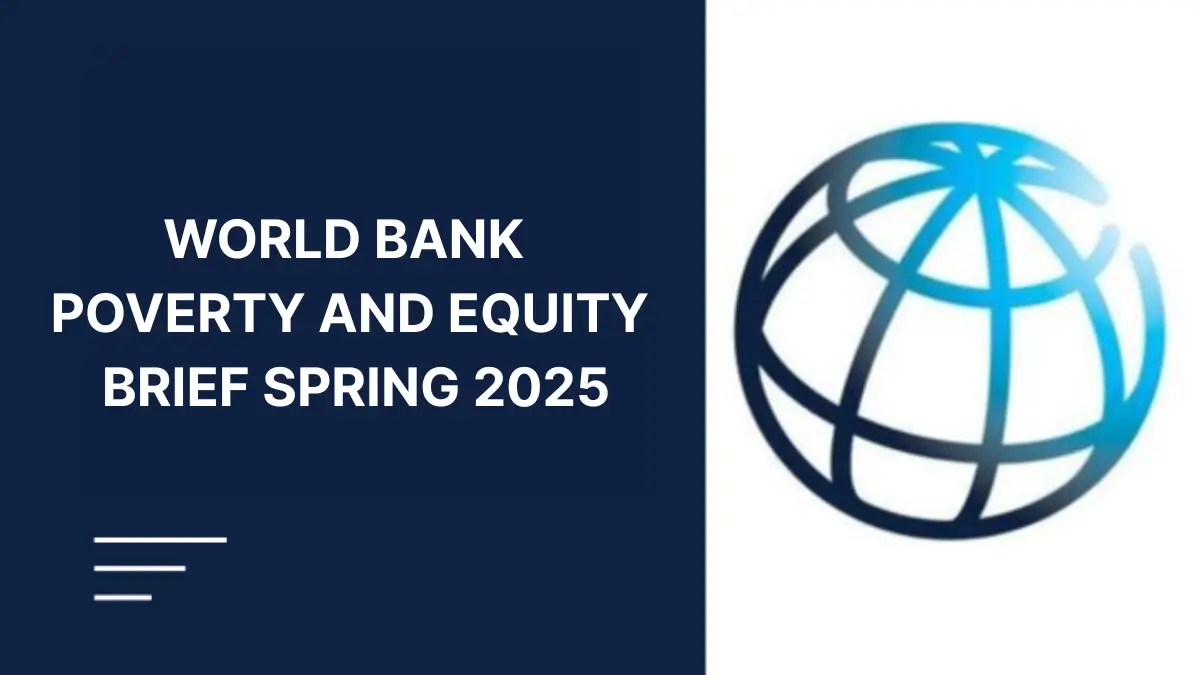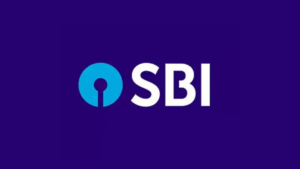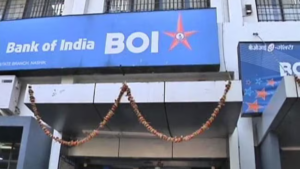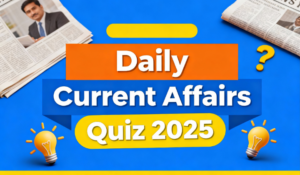The World Bank has released the Poverty and Equity Brief for Spring 2025, highlighting India’s progress in poverty reduction over the last decade. This report is part of a series that provides updates on poverty, shared prosperity, and inequality trends in over 100 developing countries. These briefs are published twice a yearduring the Spring and Annual Meetings of the World Bank Group and the International Monetary Fund and are a key source to understand poverty patterns across the globe.
India Lifts Millions Out of Extreme Poverty
One of the most significant findings of the Spring 2025 report is India’s success in reducing extreme poverty. Between 2011-12 and 2022-23, India lifted around 171 million people out of extreme poverty. This is based on the World Bank’s international poverty line of $2.15 per day.
In percentage terms, the national extreme poverty rate fell sharply from 16.2 percent in 2011-12 to just 2.3 percent in 2022-23. Rural areas saw a decline from 18.4 percent to 2.8 percent, while urban areas witnessed a drop from 10.7 percent to 1.1 percent. As a result, the rural-urban gap in extreme poverty narrowed significantly from 7.7 to 1.7 percentage points.
Strong Decline in Lower-Middle-Income Poverty
The report also measures poverty using the World Bank’s lower-middle-income poverty line, which is defined as living on less than $3.65 per day. Under this measure, India saw a large drop in poverty from 61.8 percent in 2011-12 to 28.1 percent in 2022-23, which means about 378 million people were lifted out of poverty during the decade.
Rural poverty under this line reduced from 69 percent to 32.5 percent, while urban poverty fell from 43.5 percent to 17.2 percent. The gap between rural and urban poverty also reduced, going from 25 percentage points to 15 percentage points showing more balanced development across regions.
Key States Driving the Progress
India’s five most populous states Uttar Pradesh, Maharashtra, Bihar, West Bengal, and Madhya Pradesh played a key role in this decline. Back in 2011-12, these states accounted for 65 percent of the country’s extreme poor. By 2022-23, they contributed to two-thirds of the total reduction in extreme poverty across India.
The report also notes that these same states still accounted for 54 percent of the extremely poor in 2022-23, and 51 percent of the multidimensionally poor in 2019-21, showing that while progress is strong, challenges remain.
Poverty Rates Revised Using 2021 PPP
The Spring 2025 Brief also provides updated estimates using the 2021 Purchasing Power Parities (PPP), which adjust for the cost of living differences between countries. These updated numbers reflect a more realistic global comparison and help policymakers better plan for the future. According to these new figures Extreme poverty in India for 2022-23 is estimated at 5.3 percent and Lower-middle-income poverty is estimated at 23.9 percent.
| Related Posts | |
| RBI Grade B Salary | RBI Grade B Selection Process |
| RBI Grade B Cut Off | RBI Grade B Eligibility |
| RBI Grade B Preparation Strategy | RBI Priority Sector Lending Guidelines 2025 |




 SBI PO Previous Year Question Papers Wit...
SBI PO Previous Year Question Papers Wit...
 Bank of India Credit Officer Recruitment...
Bank of India Credit Officer Recruitment...
 Daily Current Affairs Quiz 29 December 2...
Daily Current Affairs Quiz 29 December 2...







